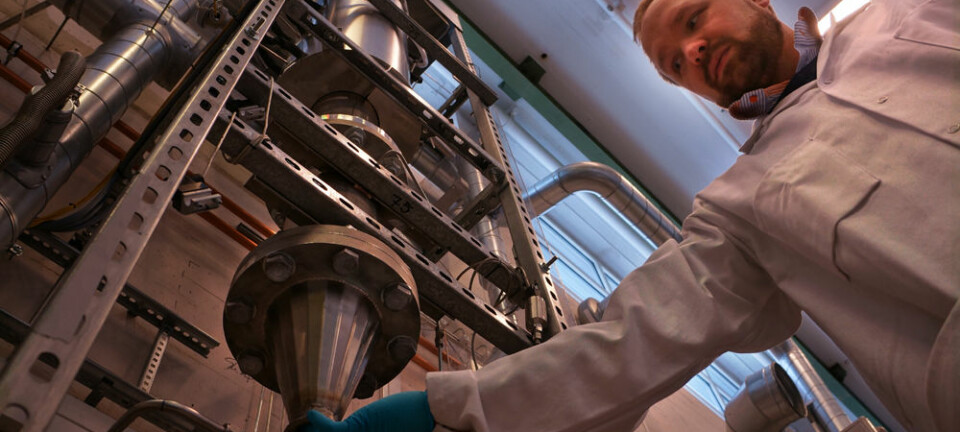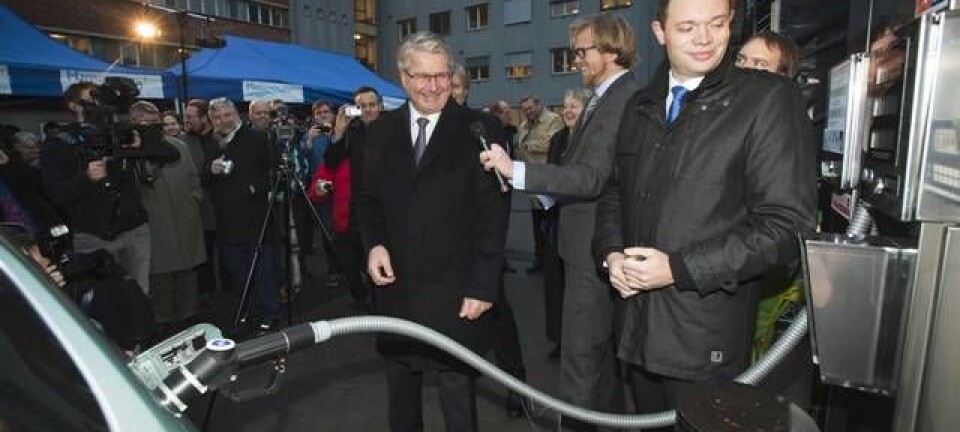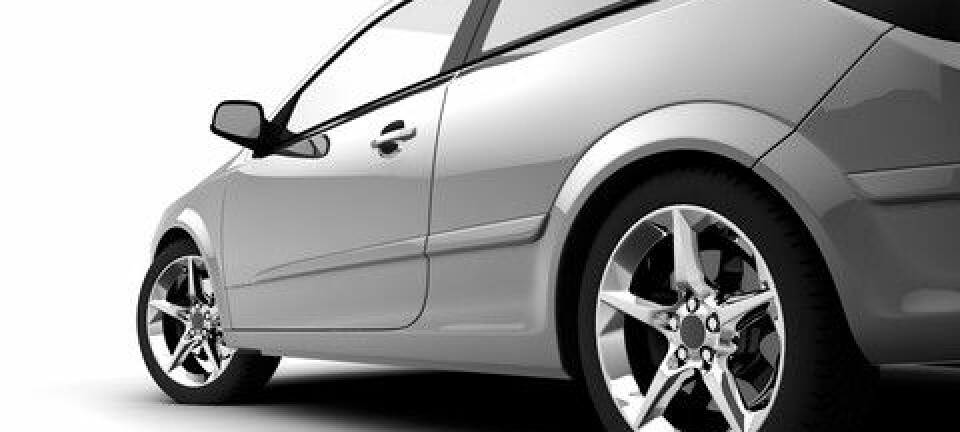An article from Norwegian SciTech News at SINTEF

Smart cars help build roads
A car manufacturer has opened the way for scientists to log data directly from the innermost systems of cars. The transport industry may have tools enabling vital decision-making at a national level.
Denne artikkelen er over ti år gammel og kan inneholde utdatert informasjon.
When the Nissan Group last year allowed researchers to carry out direct logging of data from its “Leaf” cars, this represented a milestone.
“We obtained access to invaluable data, and are now able to see into the very “brain” of a car and measure such things as how much energy is consumed in propulsion and climate control, and how much is generated during braking,” Astrid Bjørgen Sund and Tomas Levin at SINTEF Technology and Society explain.
Smart data capture
Researchers call this “smart data capture”. Obtaining data from a car’s existing sensors is a method which is now being employed in a number of projects.
The researchers equip drivers and vehicles participating in the projects with smartphones or web tablets which enable them to collect valuable data for use in research.

“Modern vehicles represent a goldmine of information about how cars are used and the infrastructure they utilise. If cars were able to Tweet everything they know, we could tackle many exciting challenges,” says Tomas Levin.
“We are still looking into the same problems as before in the field of transport, but smart data capture provides a completely new source of precise data,” says Bjørgen Sund.
“We can identify problems covering larger geographical areas and with sufficient data we can provide a better foundation for the major transport-related decisions which must be made.”
Modelling the E39
An example the researchers cite is European Route E39 between Trondheim and Kristiansand in Norway, which is currently being planned. Here, fuel and energy consumption will be strongly influenced by the design of the road, with its curves, ascents and descents, toll stations and tunnels, and what sort of terrain it passes through.

In connection with major projects of this sort, researchers normally base their calculations on average figures from Europe. Using smart data capture based on real-time data, they are now able to carry out more realistic calculations.
“We believe, for example, that it is difficult to predict energy consumption on twisting Norwegian roads based on European average figures,” says Levin.
“So in order to perform calculations for the new E39 we select existing road sections which resemble the new one and carry out our measurements on these.”
Documenting effects
The researchers divide the road network up into small, homogeneous sections of around 200 metres, carrying out measurements at least once per second.
In research circles there is debate about whether traffic flow or high velocities have most effect on energy consumption. This method uses direct measurements to make it possible to document actual effects, rather than relying on assumptions. This can provide a more objective basis for decision-making.
The challenge
At present the research institutes rely on transport operators, motorists and car manufacturers to provide access to data so that they can make the best possible calculations.
“We have often dreamt of being able to log data directly from vehicles, but until now no car manufacturer has been willing to release such data. Nissan was the first, and the commercial vehicle division of Volvo has also subsequently contributed data,” says Astrid Bjørgen Sund.
In her opinion this could be done, in principle, for all vehicles on Norwegian roads, and would create a databank which would be of enormous value for the nation.
In a slightly longer time frame, information extracted from such a databank will provide a significantly better foundation for decision-making in major Norwegian road-building projects.


































